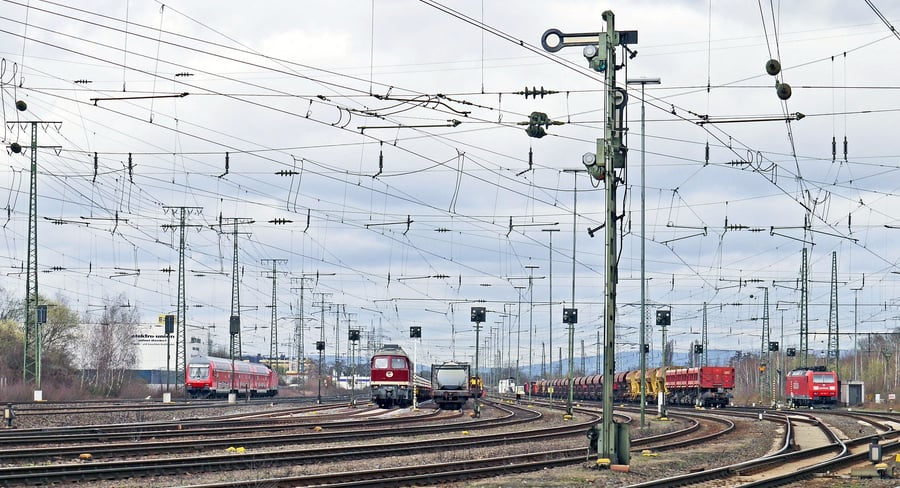Enhancing Railway Safety: The Vital Role of Hydrogen Annealing in Signaling Relays


Introduction
Railway systems are the lifeblood of transportation, moving people and goods efficiently across vast distances. Behind the scenes, a critical player ensures the safety and reliability of these networks—railway signaling relays. These unsung heroes of the railway industry are responsible for guiding trains, managing junctions, and preventing collisions. An often-overlooked factor in their reliability is hydrogen annealing, a specialized heat treatment process that strengthens the integrity of signaling relays. In this article, we delve into the vital role of hydrogen annealing in enhancing railway safety.
The Crucial Role of Railway Signaling Relays
Railway signaling relays are the unassuming workhorses behind the scenes of every train journey. These electromagnetic devices are responsible for:
1. Track Switching: Determining the correct track for trains at junctions and crossovers.
2. Signal Control: Activating and deactivating traffic lights, semaphores, and other signals to guide train operators safely.
3. Safety Assurance: Enforcing safe distances between trains and preventing potential collisions.
4. Efficient Operations: Managing the sequencing of signals to ensure trains move efficiently and without conflicts.
The Reliability Imperative
The reliability of railway signaling relay systems is of paramount importance. Trains operate on strict schedules, and any failure in signaling can lead to delays, accidents, or even disasters. This is where hydrogen annealing steps in.
The Impact of Hydrogen Annealing
Hydrogen annealing is a specialized metallurgical process in which materials are exposed to high temperatures in the presence of hydrogen gas. When applied to the components of railway signaling relay systems, hydrogen annealing brings several invaluable benefits:
1. Stress Reduction: Railway relay systems experience constant mechanical stress due to the vibrations and impacts associated with train movements. Hydrogen annealing helps dissipate internal stresses within relay materials, substantially extending their operational lifespan.
2. Enhanced Durability: By optimizing the microstructure of relay components, hydrogen annealing reinforces their durability. This ensures that the relays can withstand the rigorous demands of the railway environment without failure.
3. Corrosion Resistance: Railway tracks and signaling equipment are exposed to the elements, including moisture and contaminants. Hydrogen annealing enhances a relay's resistance to corrosion, guaranteeing long-term functionality.
4. Performance Consistency: Reliability is non-negotiable in railway signaling. Hydrogen annealing eradicates material inconsistencies, ensuring that relay systems operate consistently and predictably.
5. Reduced Maintenance: Hydrogen-annealed relays require less frequent maintenance, resulting in substantial cost savings for railway operators and contributing to uninterrupted service.
Prioritizing Safety
In an industry where safety is paramount, hydrogen annealing plays a vital role:
1. Preventing Failures: Relays that have undergone hydrogen annealing are far less likely to experience unexpected failures, reducing the risk of accidents and service disruptions.
2. Signal Integrity: Hydrogen-annealed relays maintain the integrity of signaling systems, providing accurate and timely signals to train operators, and enhancing overall safety.
Conclusion
Hydrogen annealing, an unsung hero in the railway industry, plays an indispensable role in ensuring the seamless and safe operation of rail networks. Signaling relays are the guardians of railway safety and efficiency, orchestrating the synchronized movement of trains. By fortifying the reliability and longevity of signaling relays, hydrogen annealing is the bedrock of railway infrastructure, upholding the safety and reliability of railway operations. As trains continue to serve as a vital mode of transportation, the significance of hydrogen annealing cannot be underestimated—it's the invisible force that keeps our railways running safely and efficiently.
